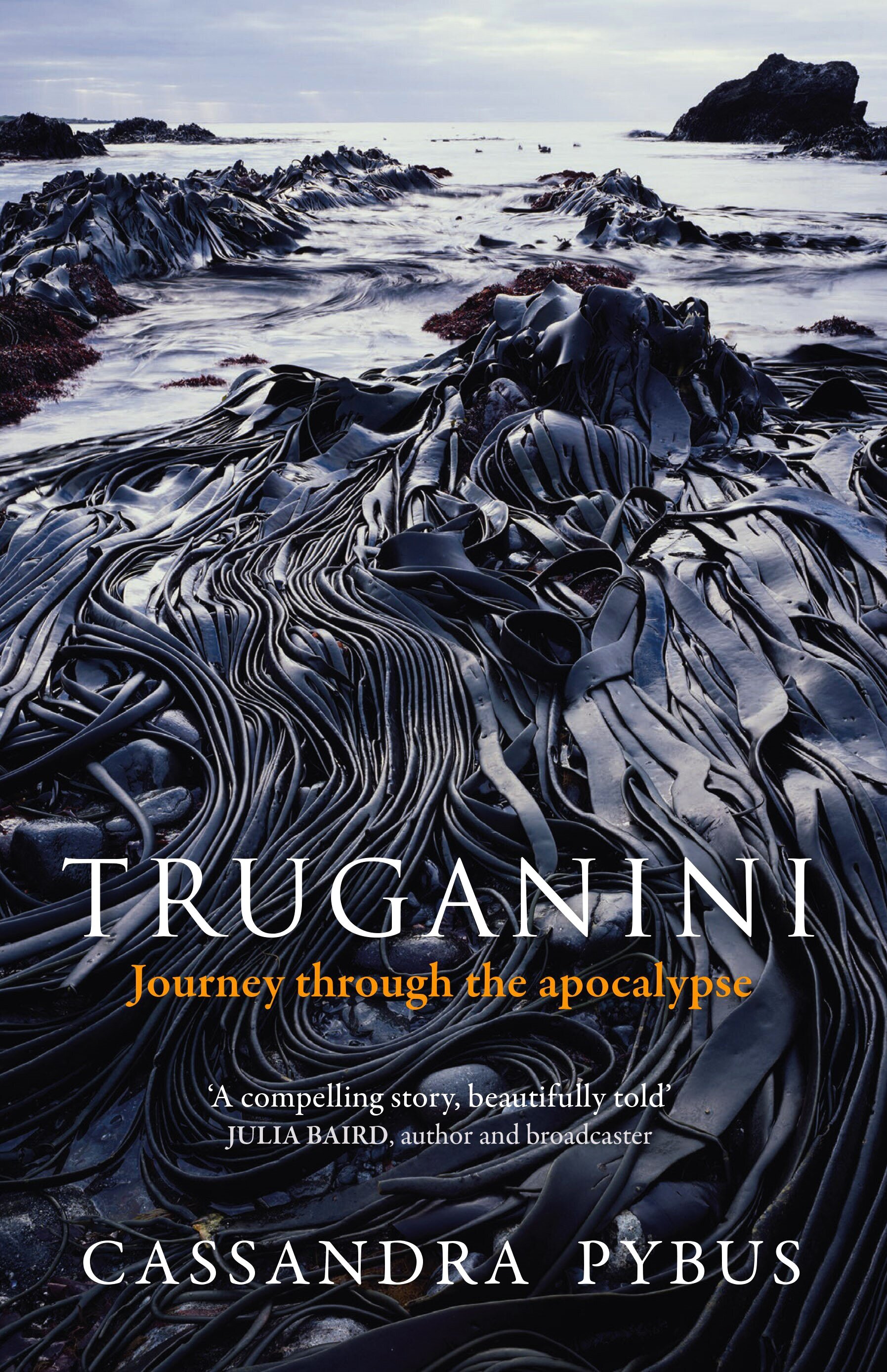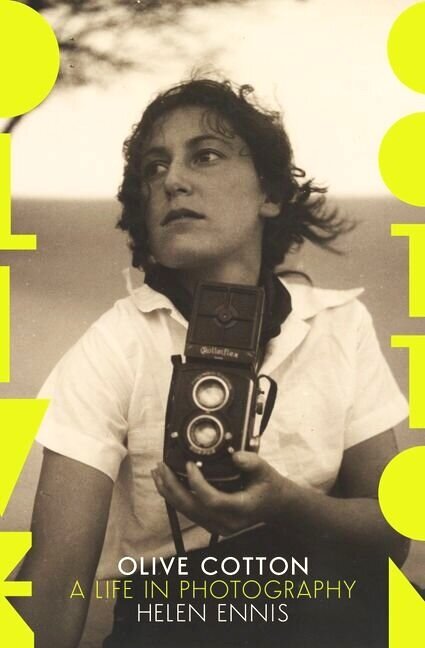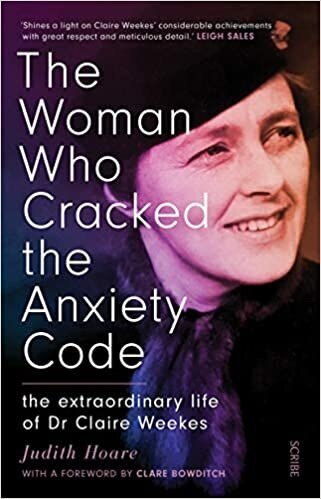Ditch The Self-Help Books, Read These Female Bios Instead
Sometimes biography feels more like a form of archaeology to me: a process of careful digging and delicate sifting to reach long forgotten hidden treasure. Lives overlooked, overshadowed or neglected can suddenly be held up to the light as things of beauty and sources of inspiration.
With a few exceptions (Brené Brown), I rarely read self-help books. Instead, I prefer biographies of women who have blazed trails to show me the way. Their ambitions, struggles and stumbles, their overcoming and resilience offer more meaningful and reliable examples of ways forward, without the simplistic mantras and cloying jargon of the so-called positive psychology movement.
In need of motivation for a cause? Look no further than Vida Goldstein: a really significant early feminist and suffragette and the first woman in the world – yes, the world – to stand for election to parliament. Born in Portland, Victoria, she was a woman who used her position of privilege to lift others up and fight for women’s rights; a charismatic speaker (who had the quick wits to tackle hecklers but was terrified of mice – a very human detail), a prodigious traveller, a Christian Scientist who defied convention and who never married. Why don’t we know Vida more widely, why isn’t she on our currency or why isn’t there a statue to her somewhere? Fortunately Jacqueline Kent does her justice in her pacy biography, Vida, restoring her to her rightful place as a leading activist and political figure. (As Julia Gillard’s biographer, she knows the territory of women campaigners well.)
Even in the 20th century, women breaking the mould were still being overlooked. Author Judith Hoare helps correct that with The Woman Who Cracked The Anxiety Code, her biography of Dr Claire Weekes, a pioneer of mental health who devised a deceptively simple method (her technique hinges on the word “float” as part of a process of acceptance and release) for curing anxiety, panic attacks and phobias that helped thousands.
Her early career as a scientist was academically brilliant, but it was her own health misdiagnosis that prompted her to understand what caused her mysterious symptoms, including heart palpitations. Because she did not take a traditional route, and was not a trained psychiatrist, she was always viewed as an outsider professionally, but her books, early examples of self-help, were international bestsellers.
We may now recognise the work of photographer Olive Cotton as among the finest examples of Australian modernism, but she lived in the shadow of her more famous first husband, Max Dupain, for a long time before the deserved attention came. Working in extreme frugality, without electricity, hot water or a darkroom at home on the farm where she lived with her second husband, Cotton was stoic while continuing to photograph nature, with an emphasis on shadow and light. In Olive Cotton: A Life In Photography by Helen Ennis, Cotton’s quiet, dogged determination shows creativity refusing to be crushed by less-than-ideal circumstances. Ennis also curated exhibitions of her work, bringing her to prominence and earning the trust of this intensely private woman.
““There is something thrilling about seeing these Australian women’s lives being brought to the surface after decades of neglect. Dusted off, like rare and precious exhumed artefacts, they make us aware that our culture is richer than we first thought.” ”
There is something thrilling about seeing these Australian women’s lives being brought to the surface after decades of neglect. Dusted off, like rare and precious exhumed artefacts, they make us aware that our culture is richer than we first thought.
Even if that is sometimes uncomfortable, as it is when reading Truganini Cassandra Pybus’ controversial take on the Tasmanian Aboriginal woman. Pybus endows Truganini with sexual agency in a way that some readers will dispute, but just thinking about her theories is a rewarding exercise in questioning so much of what we learnt when so little was known of Indigenous Australia.
In the first series of my Life Sentences podcast, I chose to discuss biographies of women for their strength of character and purpose (and for their sense of style, as in Australian author Robert Wainwright’s two biographies of high society it girls, Enid Lindeman and Sheila Chisholm.) In the new series, I will look at people whose creativity and sense of adventure (from outback anthropologist Daisy Bates to supernova poet Sylvia Plath) led them into uncharted territory resulting in fame or notoriety, or both.
When biography is at its juiciest (which usually means an unauthorised version), it digs deep into the paradoxes and complexities, the contradictions and flaws that mark the life of any individual who dares to defy the odds and the rules. When I’m looking for role-models, or roadmaps for a way forward, that’s the section of the bookshop you’ll find me in.
Caroline Baum is the host of Life Sentences, available on the usual podcast platforms, as well the author of Only, A Singular Memoir and an ambassador for the Older Women's Network in NSW.




